Yesterday
Louis Moinet Legacy
Louis Moinet was one of the greatest watchmakers ever – his inventiveness, passion and willingness to pass on his wisdom mean his contribution to horology is immeasurable.
His spirit lives on thanks to Jean-Marie Schaller who, as founder and creative director of the Louis Moinet brand, revived the prestigious name of the inspirational master watchmaker.

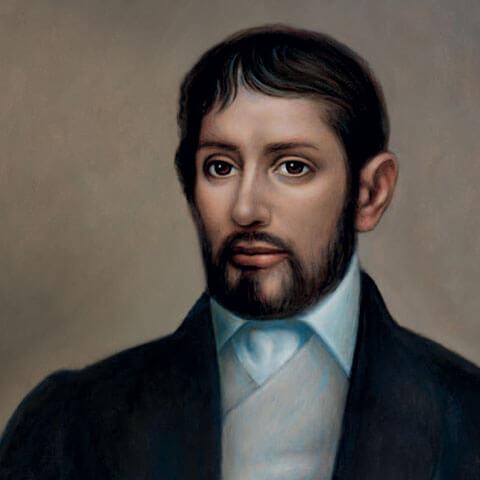
Birth of Louis Moinet
1768
Louis Moinet was born in Bourges in 1768. During his studies, he quickly distinguished himself by his mastery of classical subjects, and he regularly took first place in academic competitions.
While still a child, he developed a passion for watchmaking and spent all his free time with a masterwatchmaker. An Italian painter also gave him private drawing lessons.
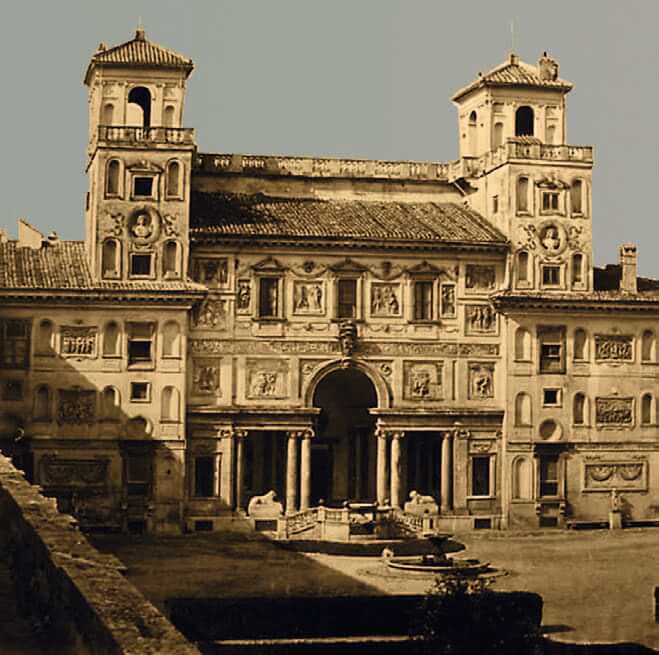
Master of Art
1788
By the time he was 20, Louis Moinet dreamed constantly of Italy, the classic land of fine arts. He lived for five years in Rome, studying architecture, sculpture and painting. He became acquainted with members of the Académie de France, which encompassed some of the finest artists of the time.
He then moved from Rome to Florence, where he learned the art of fine stone engraving in a workshop placed at his disposal by Count Manfredini, Minister of the Grand Duke of Tuscany. He also did several paintings there.
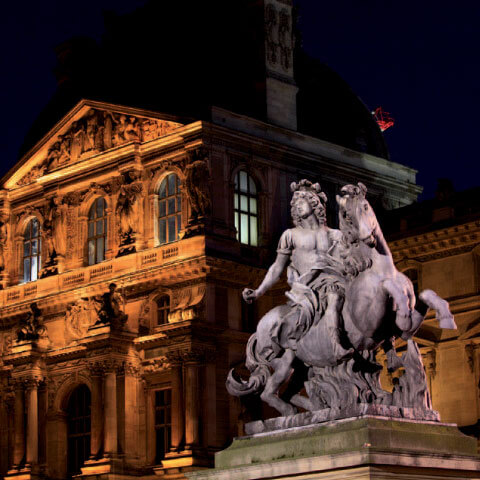
Professor of fine arts
1795
Upon returning to Paris, Louis Moinet was appointed Professor of the Académie des Beaux-Arts, in the Louvre.
He became a member of several scholarly and artistic societies and cooperated with eminent artists such as the astronomer Lalande, the bronzier Thomire, and Robert-Houdin, the skilled automaton-maker who is regarded as the “renovator of magical art”.
Haute Horlogerie
A Genius in the making
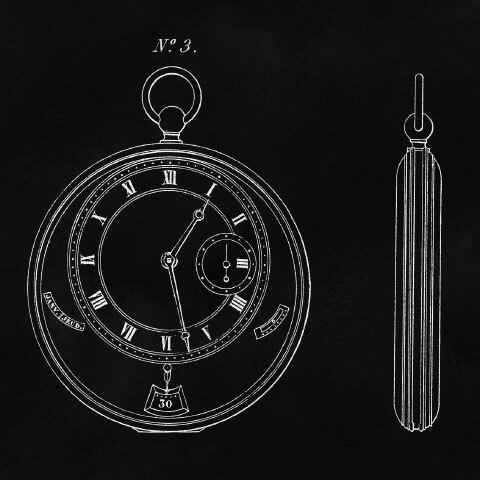
A reference in Haute Horlogerie
1800
In parallel, he pursued his theoretical and practical study of horology, the art for which he already nurtured a passion. He renewed contact with his former teacher, and the student quickly became the master.
Watchmaking occupied his entire time from 1800 onwards. He spent long periods in Switzerland, from the Jura mountains to the Joux valley. He met many famous watchmakers there, including Jacques-Frédéric Houriet, and acquired his horological tools and instruments.
Moinet himself was described by his peers as a “gifted artist”, an “eminent scholar” and “a specialist in transcendent horology”!
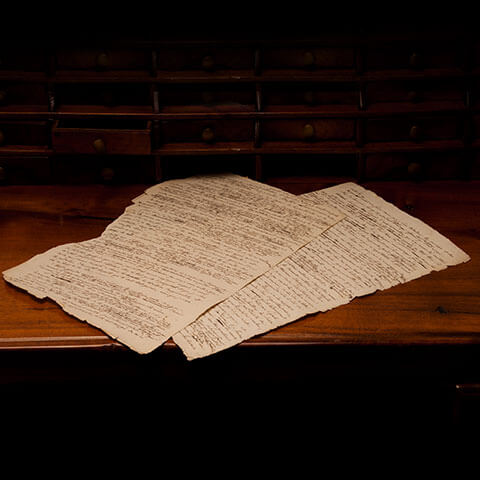
President of the Société Chronométrique
Louis Moinet was appointed as the President of the Société Chronométrique de Paris (Chronometry Society of Paris) whose members included some of the greatest talents of the era, and whose avowed purpose was “the development and encouragement of watchmaking, one of the finest sciences of the human mind”.
Within this setting, he cultivated ties with his fellow members including Abraham-Louis Breguet, Louis Berthoud, Antide Janvier, Louis-Frédéric Perrelet, Joseph Winnerl, as well as Vulliamy, who served as the King’s Watchmaker in London.
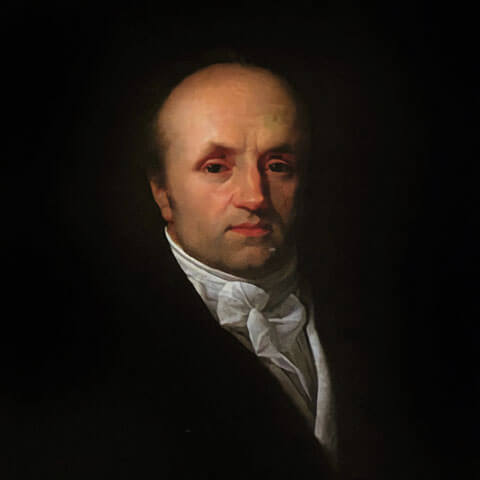
Work with Breguet
1815-1823
Louis Moinet worked closely with the great Abraham-Louis Breguet, over a period of many years, acting in the capacity of close friend, confidant and intimate advisor. The two men shared the same passion for the art of horology.
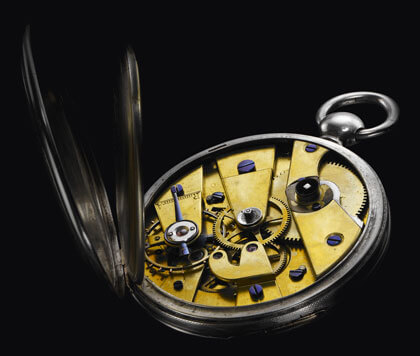
Unprecedent concepts
The work of Louis Moinet includes alarm watches, regulators and astronomical watches. As the inventor of unprecedented concepts, he devised some truly astonishing mechanisms.
For example, several of his pocket-watch calibres boasted unusual arrangements of the components such as with the whole set of gears built around the same pinion
.Moreover, he invented a mainspring that improved the rating of the watch – a spring he poetically described as being a “half-ripe cherry red” colour when fired in the kiln. He also developed a new balance-cock that facilitated winding.


Maker of precision instruments
After tireless efforts, he created a construction serving to move the stud of the balance-spring stud so as to poise the escapement correctly without needing to dismantle anything. Finally, he slotted, rounded and hand-finished the gear trains of his marine chronometers in order to ensure their precision.
As a maker of precision instruments, Louis Moinet was involved in maritime, astronomical and civilian horology. He was an ingenious craftsman who perfected various techniques in these fields and developed several important new improvements.
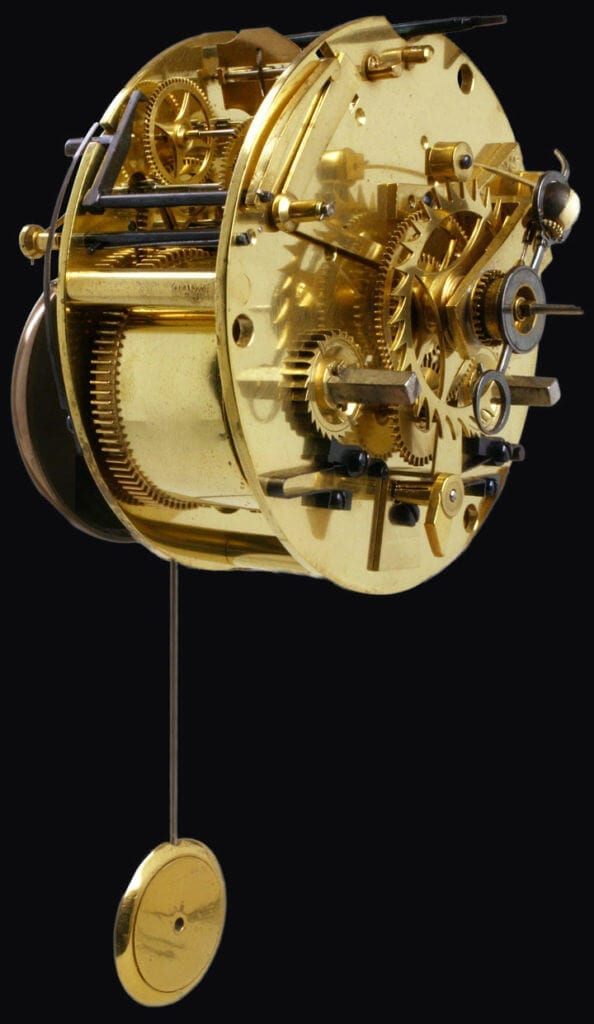
Traité d’horlogerie
1848
The famous Traité d’Horlogerie (Watchmaking Treatise) was published in 1848. Reprinted in 1856 and 1875, it is widely reputed to be the finest book on horology of the century.
Comprising detailed descriptions of the finest watchmaking techniques, it was appreciated by the great watchmakers of Moinet’s era such as Frodsham, Perrelet, Saunier and Winnerl, as well as by several other scholars and connoisseurs such as HRH Prince Alexander of Orange.
He devoted 20 years of his life to write this two-volume treatise, which remains highly sought-after to this day.
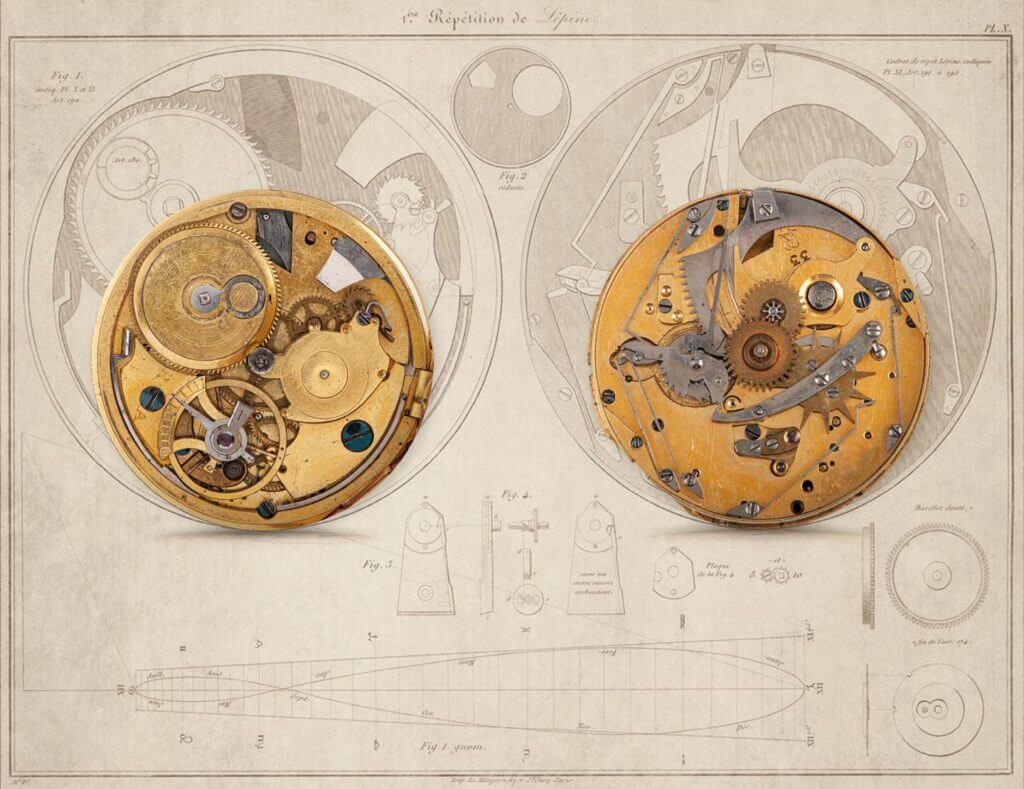
Lépine watch that Louis Moinet had acquired in order to produce this technical drawing.
Personalities
1800-1853
Over the course of his long and distinguished career, master watchmaker Louis Moinet created some extraordinary timepieces for extremely eminent figures of the time.
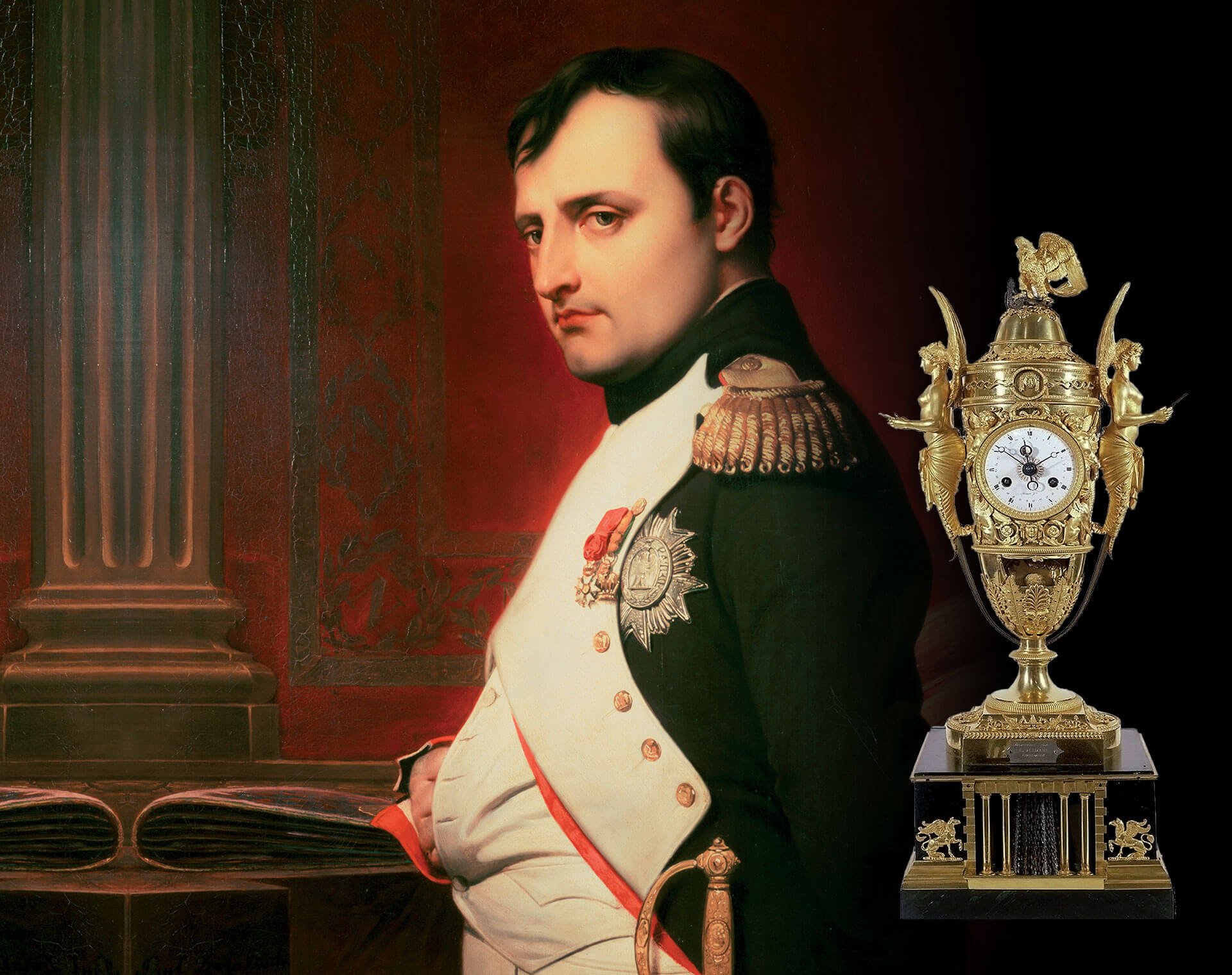
1806 | Napoleon
There are some extraordinary stories behind Louis Moinet’s clocks, usually crafted in cooperation with the famous bronzier, Thomire.
Napoleon’s clock was created in 1806 to commemorate the Emperor’s coronation. It is equipped with an automaton serving to crown Napoleon every hour on the hour….
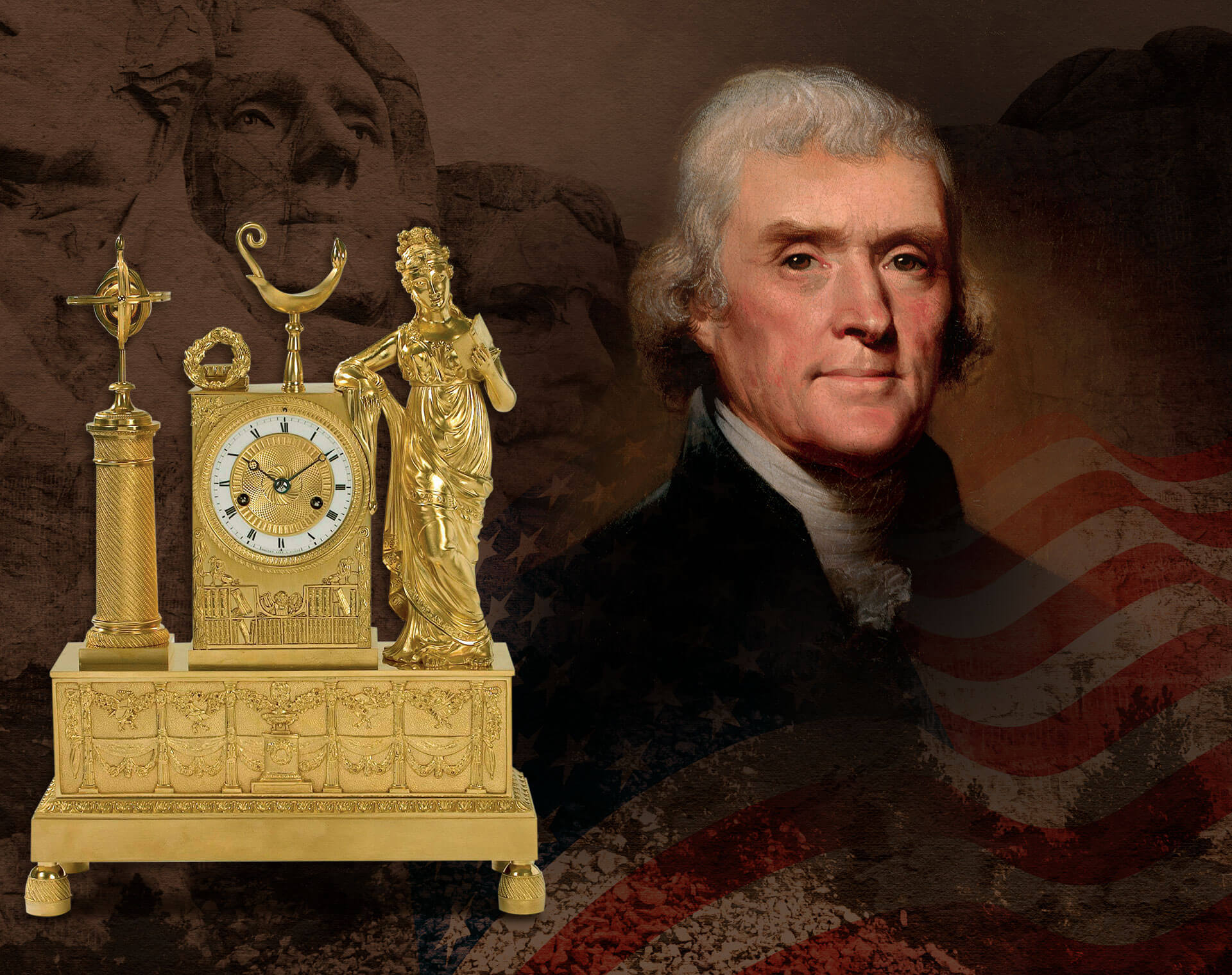
1810 | Thomas Jefferson
Thomas Jefferson, third American President, signatory of the Declaration of Independence and also United States Ambassador in Paris, became acquainted with Louis Moinet, and spelled out for the latter his three criteria for the creation of work of art: beauty, durability and utility. One can well imagine that he really loved his clock, since it accompanied him during his two White House terms of office and indeed until his last breath.

1810 | King of Naples
An exceptional clock of astonishing intricacy manufactured for Marshal Joachim Murat, King of Naples.
The four different dials combine a full calendar indicating the hours, minutes, seconds, day, date, month and moonphase. The movement entirely visible from the back.

Ca. 1810 | Princess Borghese and Duchess of Guastalla
Pauline Bonaparte Borghese and Duchess of Guastalla, and her clock depicting Minerva enthroned on her palanquin.
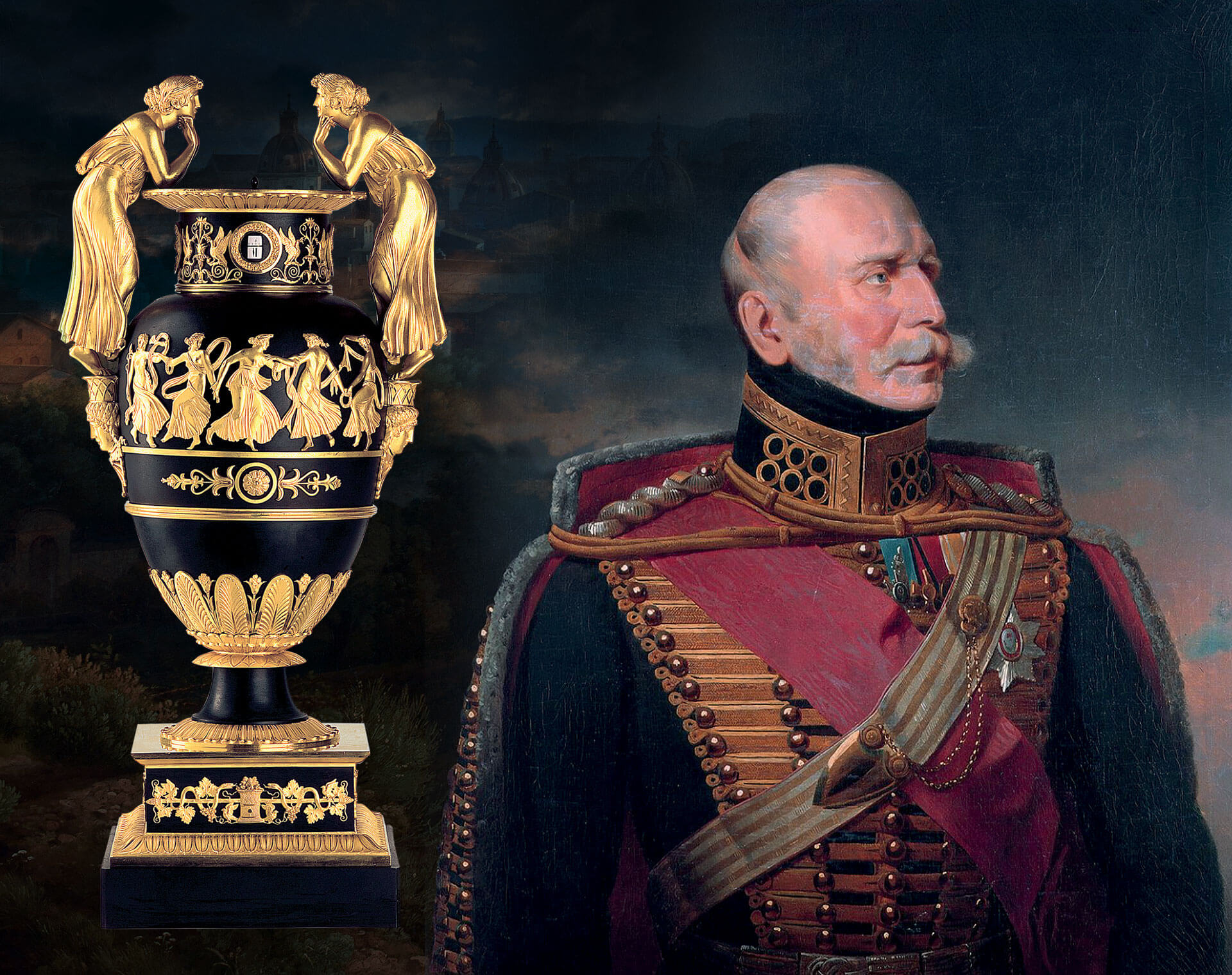
1817 | King of Hanover
Ernest Augustus I, King of Hanover, and his impressively sized (73cm high) Louis Moinet clock. It represents a neoclassical urn with a dancing hours motif.

1817 | Emperor of Russia
Alexander I, Emperor of Russia, and his clock representing Mars, god of war. It should be noted that the base is decorated in the same way as that of Minerva, goddess of war, displayed in the White House.
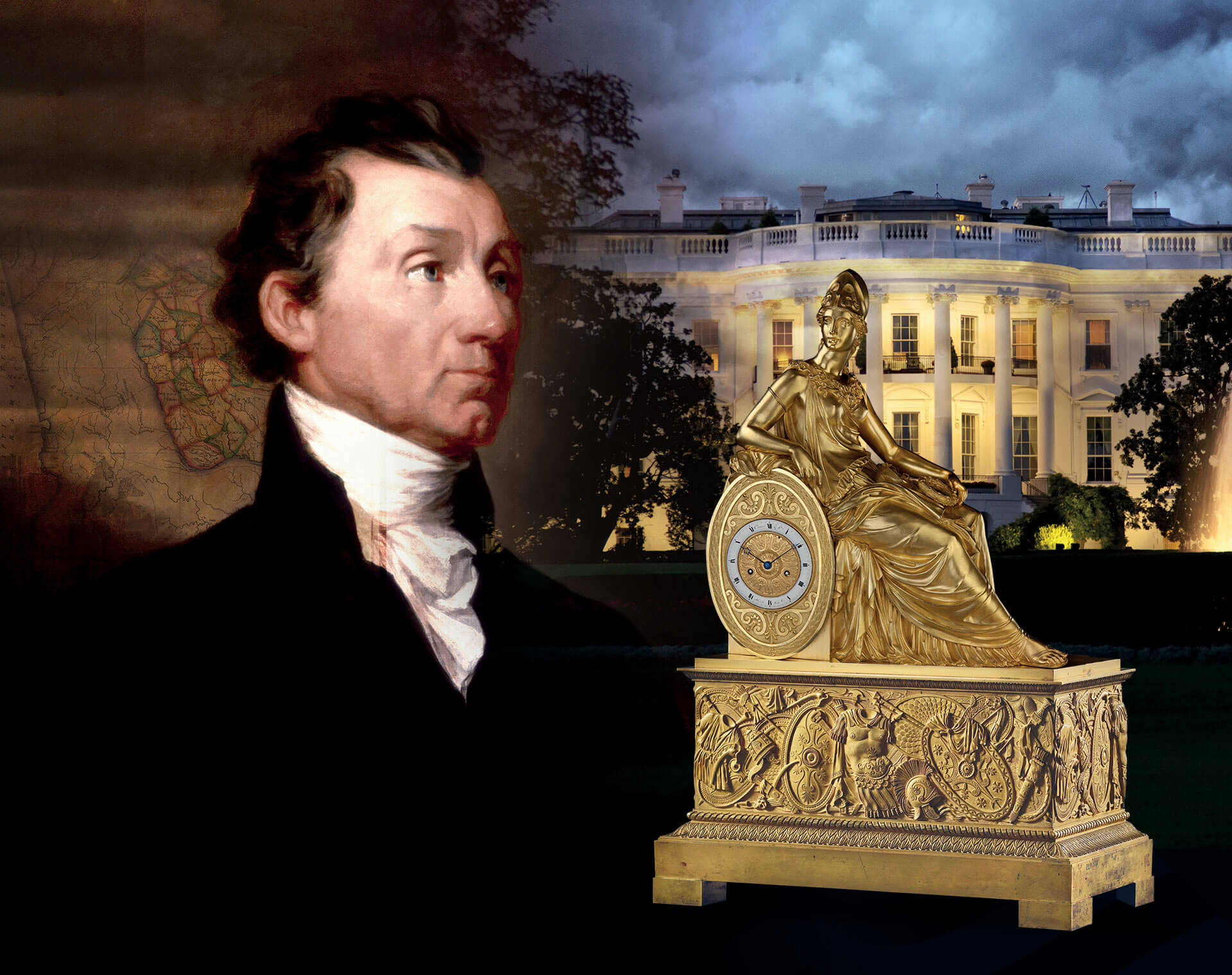
1817 | James Monroe
James Monroe is the 5th American President. This clock is one of the rare original objects decorating the White House as it now stands. It was purchased in Paris in 1817 in order to adorn the White House that had been burned down by the English in 1814, and then rebuilt by architect James Hoban.
A large proportion of the original furniture of the White House has been lost over the years, and only a handful of these witnesses to the past remain, including the famous “Minerva” clock by Moinet and Thomire.
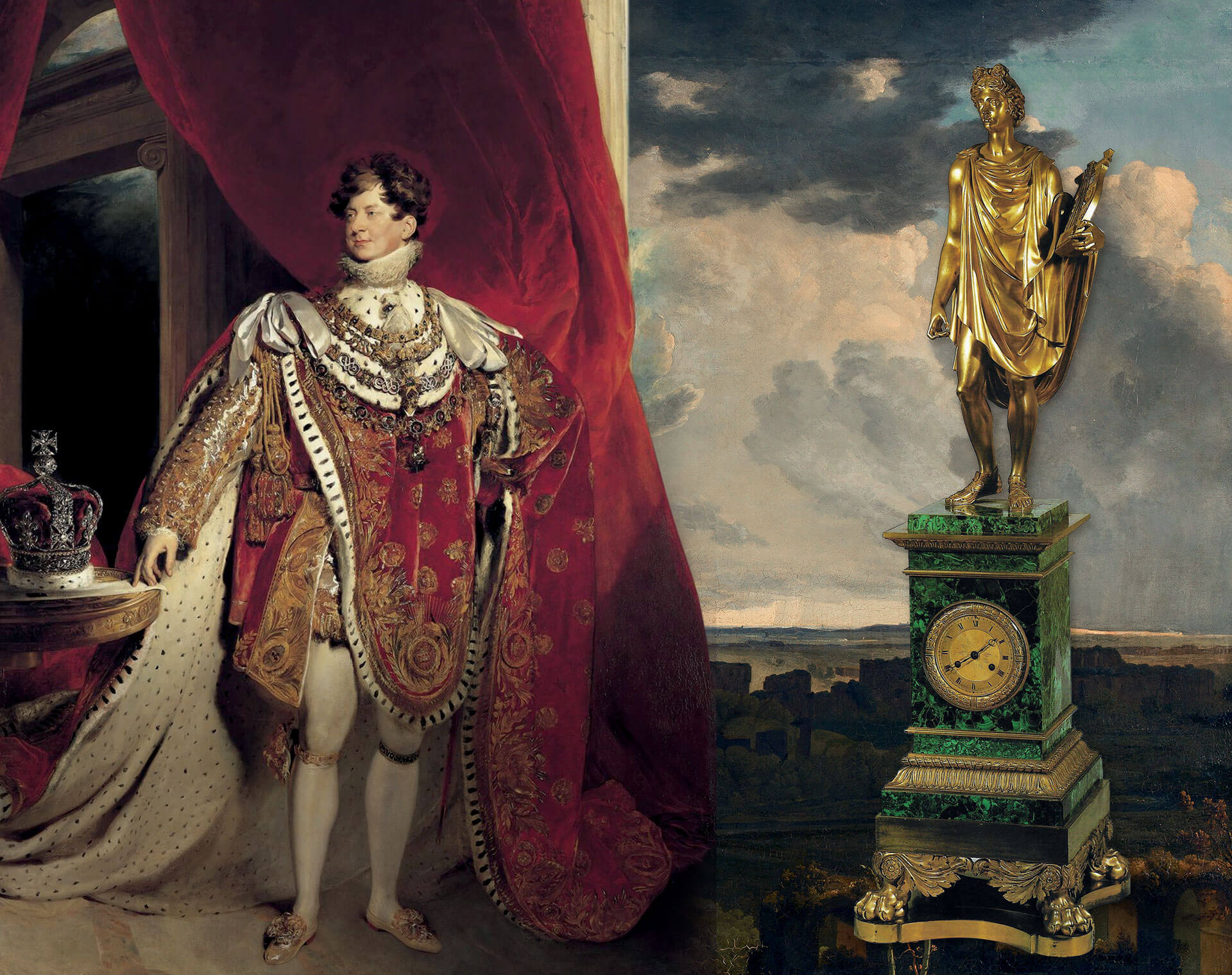
Ca. 1825 | King George IV of the United Kingdom
There are some extraordinary stories behind Louis Moinet’s clocks, usually crafted in cooperation with the famous bronzier, Thomire.
The “Napoleon PENDULE” was made in 1806 by Louis Moinet in Paris and is equipped with an eight-day movement. It displays the hours, minutes and date.
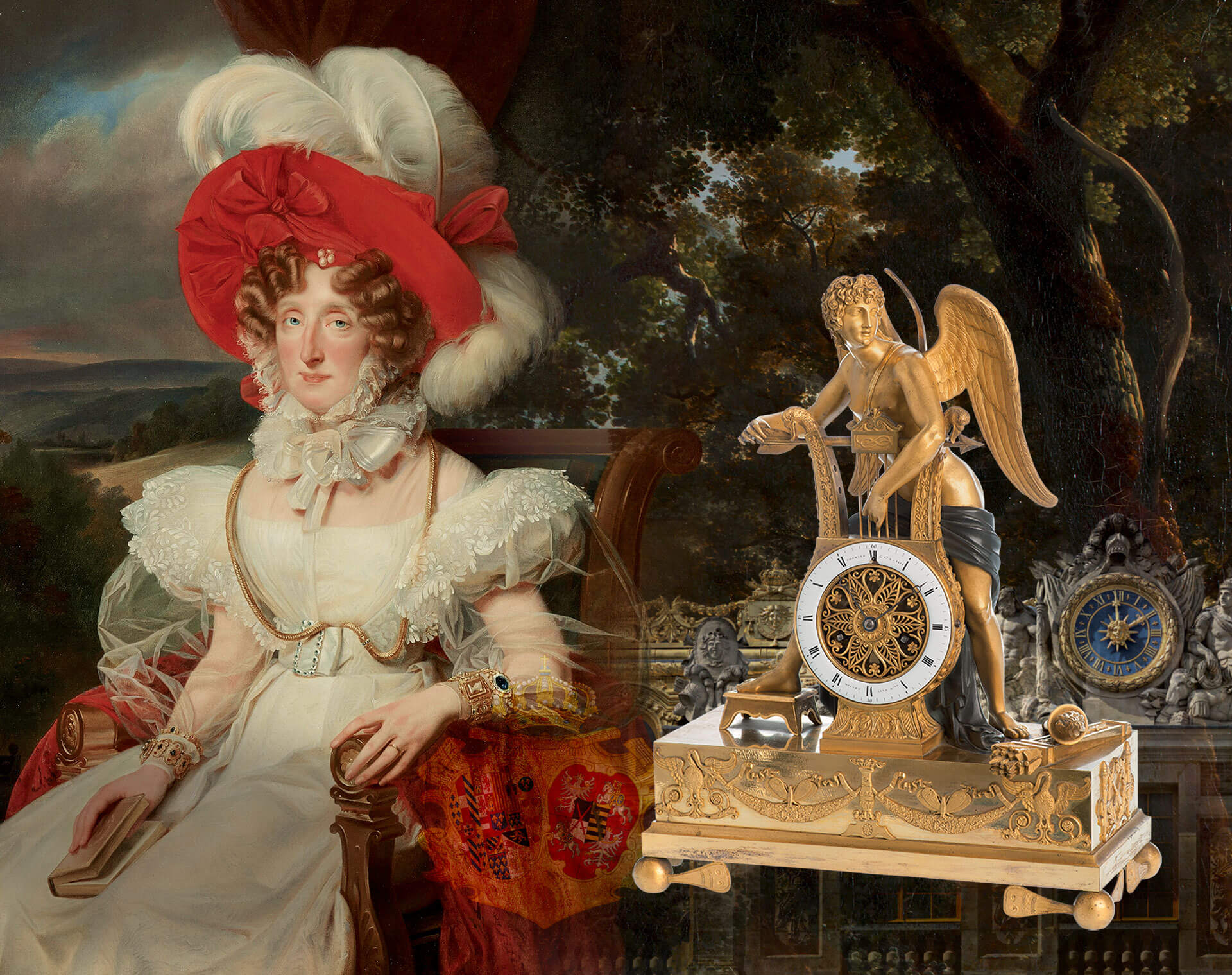
1838 | Queen of France
Maria Amalia of Bourbon Sicily, Queen of France, read the time on her Renaissance-style matt gilded and engraved bronze clock, representing two cherubs.
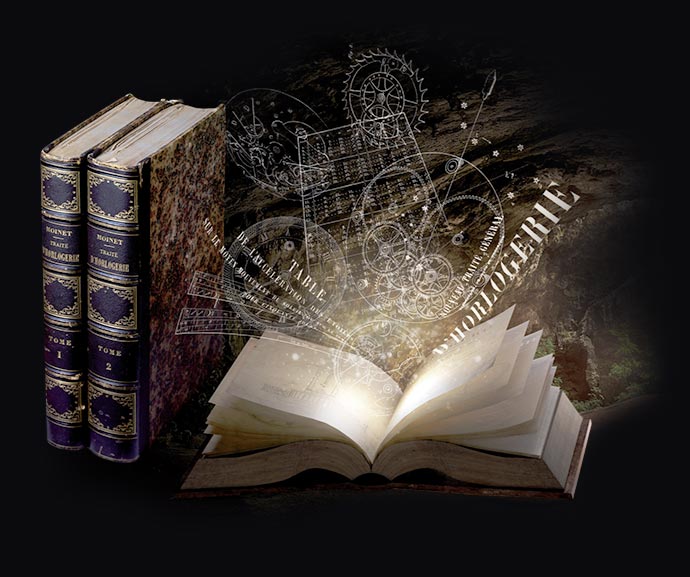

Digital Museum
Louis Moinet Digital Museum is the reference for discovering historical treasures and the link with contemporary creations.
